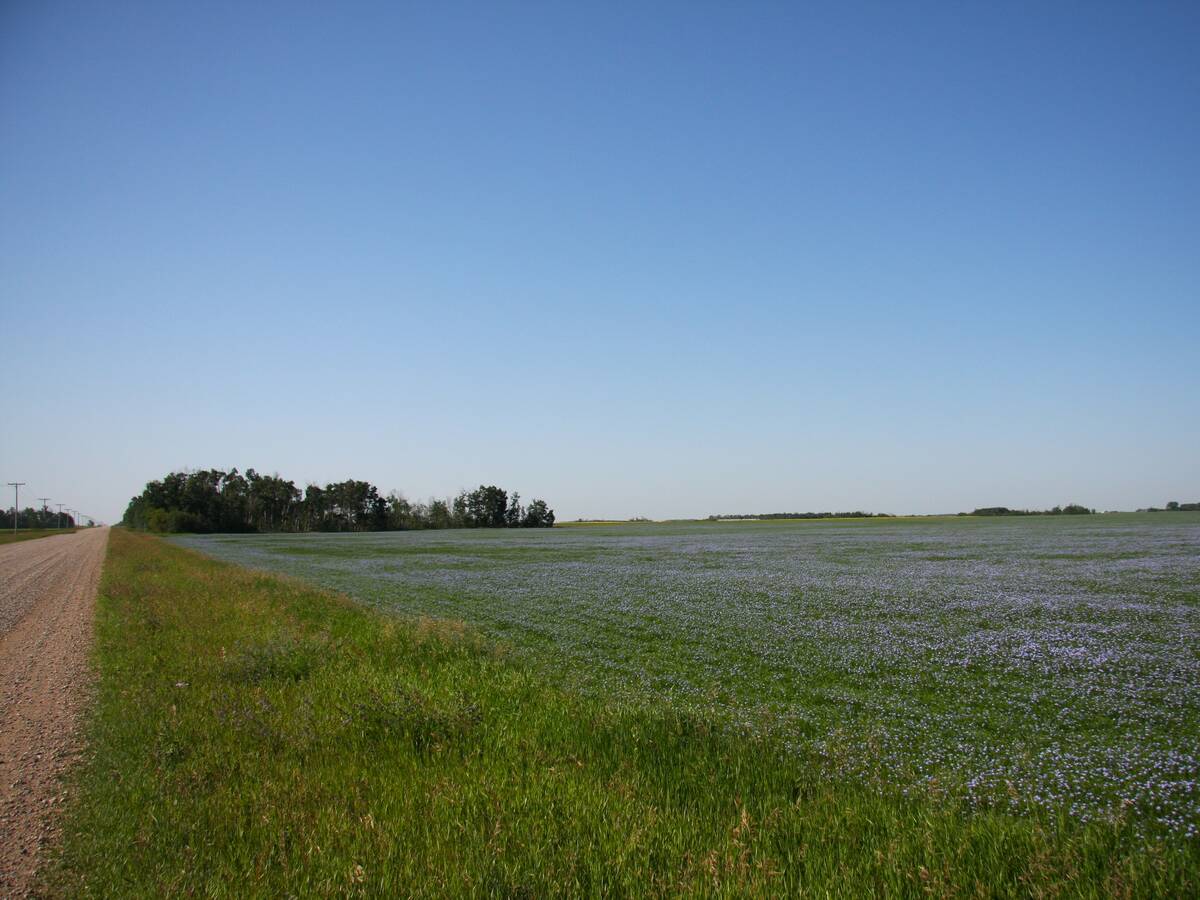It will take time before government and industry can determine whether the fed cattle set-aside program is a success.
Only six feedlots successfully bid to set aside 2,035 cattle in the industry’s first attempt to limit the supply of cattle heading to packers. It’s hoped the program will steady fat cattle prices.
Cor Van Raay of Iron Springs, Alta., failed to win a bid for the first week’s call for cattle. He offered 1,000 head of cattle, but his bid was higher than the successful six.
The average price of the 27 feedlots bidding in the program was $1.79. The average price of the six successful bidders was $1.16 per head per day for the 91 days of the program.
Read Also

Farmland advisory committee created in Saskatchewan
The Saskatchewan government has created the Farm Land Ownership Advisory Committee to address farmer concerns and gain feedback about the issues.
Van Raay plans to continue bidding in the future. Being able to hold cattle back from slaughter gives feedlots an alternative to selling to the packers.
“The idea is that there is going to be an extra buyer out there. We have a little bit of an option now, sell them at a lower price to the packer or put them on the side. It’s doing a little bit of a job. For immediately it’s somewhat successful,” said Van Raay.
The southern Alberta feedlot operator is concerned there is no plan about what to do with the cattle come January when the set-aside cattle return to the market and if the American border hasn’t reopened.
“If it doesn’t open we’re only just adding to the problem,” said Van Raay.
“We’re eventually putting an extra 200 pounds on every animal we set aside so we’re adding to the problem we got.”
Rick Bonnett of Ponoka, Alta., was less diplomatic in his thoughts of the program.
“It’s a complete joke. It’s not even worth my time putting in a bid.”
By the time Bonnett runs the cattle through the chute, reads the Canadian Cattle Identification Agency tags, does the paperwork and copes with the older cattle and underfinished animals, the program isn’t worth his time to put in a bid, he said.
Dave Plett of Western Feedlots did not want to talk about the program.
“This is a debate we’d rather have with the organizers of the program,” said Plett of High River, Alta.
Lloyd Andruchow with Alberta Agriculture said the program had problems, but should achieve its goal of stabilizing cattle prices.
“It was a start,” said Andruchow.
In the first program, the management committee, which operates the program, established a maximum bid price it felt represented a fair feed cost that the government was willing to cover.
“We have to be reasonable to what we’re willing to pay for to set aside cattle,” he said.
“Nobody really has a good handle on how many cattle we need to set aside,” said Andruchow.
Last week’s news that the Canadian cattle slaughter reached its highest levels in 26 years also helped with excess capacity. More than 80,000 head of cattle were slaughtered in provincially and federally inspected slaughter plants.














